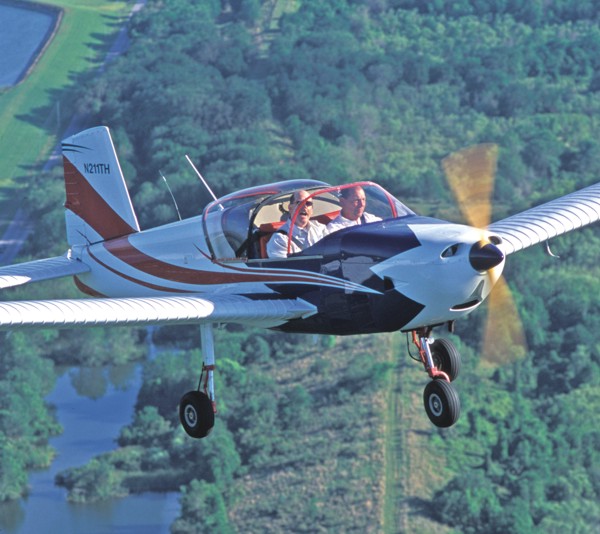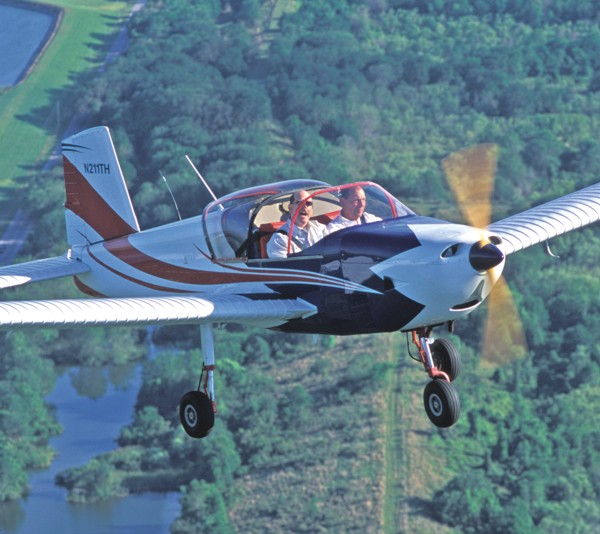
he proven airframe and modern panel of the Sky Skooter make perhaps the oddest, yet most appropriate of mates. Each from a different age – the T-211’s unique ribbed wing beckons from the 1940s while the ePod streaks ahead in the 2000s – they nonetheless complement each other. The Sky Skooter is the fun little variant of the T-211 series, including the FAA-certified T-211 and the ASTM standards-compliant (LSA certified) Thorpedo. The company can deliver just about any version of John Thorp’s groundbreaking design, the very one that lead to Piper’s Cherokee, which sold tens of thousands. Complementing the joyful and innocent Sky Skooter with the most pleasant in-flight handling comes the visitor from the future: IndUS Aviation’s ePod. Putting these together for a flight review shows the past and the future of light-sport aviation. Long Perspective The T-211 has a long, rich aviation history. The model dates back to designs studies in the early 1940s that lead to the Lockheed Little Dipper, a single-place light aircraft created by legendary designer John Thorp.












